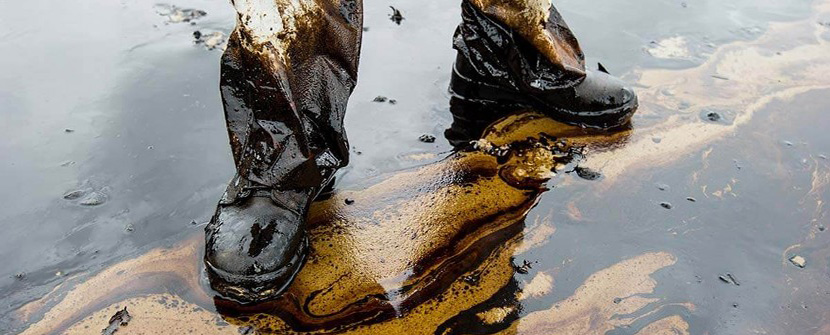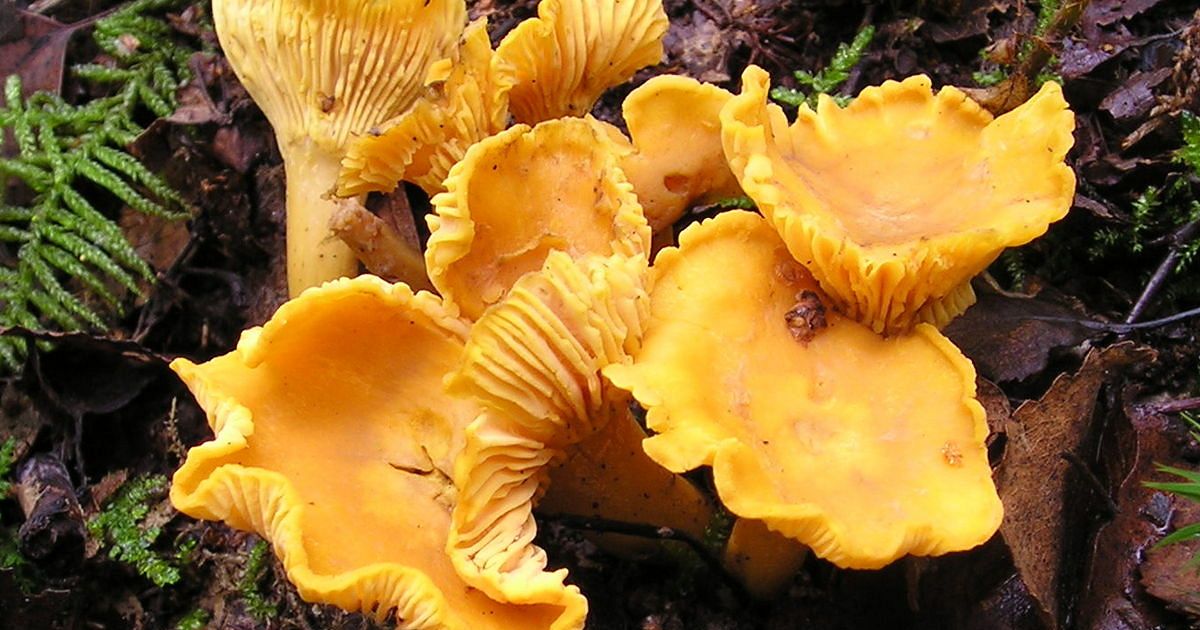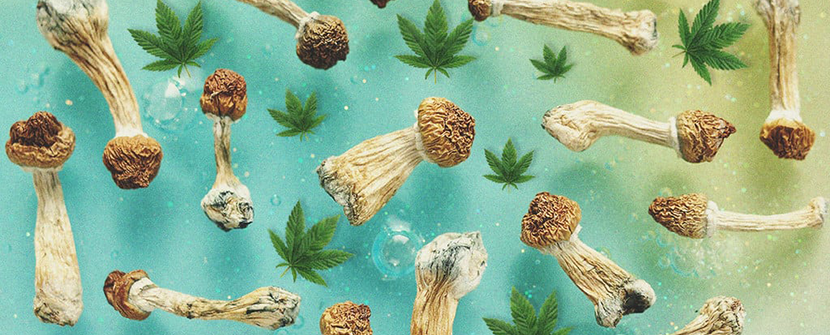Oil spills are one of the most devastating environmental disasters that can harm marine life, coastal ecosystems and human health. They can occur due to accidents, natural disasters or deliberate acts of sabotage. Oil spills can release millions of gallons of crude oil or refined fuels into the ocean, creating slicks that spread over large areas and affect the water quality, oxygen levels and biodiversity.
Fortunately, nature has provided us with a powerful ally in the fight against oil pollution: fungi. Fungi are a diverse group of organisms that include mushrooms, molds and yeasts. They have the ability to decompose organic matter and transform it into simpler compounds. Some fungi can even break down complex hydrocarbons, the main components of oil, and use them as a source of energy and carbon.
In this blog post, we will explore how fungi can help clean up oil spills and what are the challenges and opportunities for using them in large-scale remediation projects.
How do fungi degrade oil?
Fungi have a unique way of degrading oil. Unlike bacteria, which need to take up oil molecules into their cells, fungi secrete enzymes that break down oil outside their cells. These enzymes are called extracellular ligninolytic enzymes, and they can oxidize a wide range of organic pollutants, including polycyclic aromatic hydrocarbons (PAHs), polychlorinated biphenyls (PCBs), dioxins and pesticides.
The enzymes act by transferring electrons from the pollutants to molecular oxygen, producing water and carbon dioxide as by-products. The fungi then absorb the smaller molecules that result from the enzymatic reaction and use them for growth and reproduction.
Some of the most effective fungi for oil degradation belong to the genus Pleurotus, also known as oyster mushrooms. These fungi are widely cultivated for food and medicine, but they also have remarkable abilities to degrade lignin, cellulose and hemicellulose, the main components of plant biomass. Oyster mushrooms can also degrade oil by producing enzymes such as laccase, manganese peroxidase and lignin peroxidase.
How have fungi been used to clean up oil spills?
Fungi have been used to clean up oil spills in various settings and scales. Here are some examples of successful applications:
- In 1997, after a pipeline rupture spilled 84,000 gallons of diesel fuel into the Ecuadorian Amazon, a team of mycologists led by Paul Stamets used oyster mushrooms to remediate the contaminated soil. They inoculated straw bales with mushroom spawn and placed them over the spill site. Within four weeks, the mushrooms had reduced the total petroleum hydrocarbons (TPH) by 95% and produced edible fruiting bodies.
- In 2007, after a storm damaged a boat fuel tank in Copenhagen harbor, a group of Danish activists used oyster mushrooms to bioremediate the polluted water. They built floating myco-booms made of straw and mushroom spawn and deployed them around the spill area. The mushrooms absorbed the oil and grew rapidly, producing large clusters of fruiting bodies.
In 2017, after the Tubbs Fire burned more than 36,000 acres in California’s Sonoma County, a team of volunteers used oyster mushrooms to restore the fire-damaged soil. They collected wood chips from fallen trees and mixed them with mushroom spawn. They then spread the mixture over the burned areas, creating a thick layer of mulch. The mushrooms colonized the wood chips and degraded the toxic compounds left by the fire.
What are the challenges and opportunities for using fungi to clean up oil spills?
Using fungi to clean up oil spills is not without challenges. Some of the main obstacles are:
- Scaling up: While fungi have shown promising results in small-scale experiments and projects, scaling up to larger areas and volumes is not trivial. It requires careful planning, monitoring and evaluation of the fungal performance, environmental conditions and ecological impacts.
- Competition: Fungi may face competition from other microorganisms or plants that can also degrade or consume oil. This may affect their growth rate, enzyme production and oil degradation efficiency.
- Toxicity: Some oil components may be toxic or inhibitory to fungi, reducing their viability or activity. Moreover, some fungal enzymes may produce toxic intermediates or by-products that need to be further degraded or removed.
- Regulation: Using fungi to clean up oil spills may require approval from regulatory agencies or authorities, depending on the location, scale and potential risks of the intervention. This may involve obtaining permits, conducting risk assessments and complying with safety standards.
Despite these challenges, using fungi to clean up oil spills also offers many opportunities. Some of the main benefits are:
- Sustainability: Fungi are renewable, biodegradable and low-cost resources that can be easily produced and distributed. They do not require chemical additives or energy inputs, and they can generate useful products such as food, medicine and biofuels.
- Diversity: Fungi are highly diverse and adaptable, and they can degrade a wide range of oil components and other pollutants. They can also be genetically modified or engineered to enhance their degradation capabilities or tolerance to harsh conditions.
- Synergy: Fungi can work synergistically with other microorganisms or plants to achieve better remediation outcomes. For example, fungi can degrade the complex hydrocarbons that bacteria cannot, and bacteria can degrade the simple molecules that fungi produce. Similarly, fungi can degrade the lignin that plants cannot, and plants can provide oxygen and nutrients to fungi.
Closing Thoughts
Fungi are powerful allies in the fight against oil pollution. They have the ability to degrade oil and transform it into harmless or useful compounds. They have been used successfully to clean up oil spills in various settings and scales, and they offer many advantages over conventional remediation methods.
However, using fungi to clean up oil spills also poses some challenges that need to be addressed and overcome. With more research, innovation and collaboration, fungi can become a key tool for restoring the health and beauty of our oceans.








